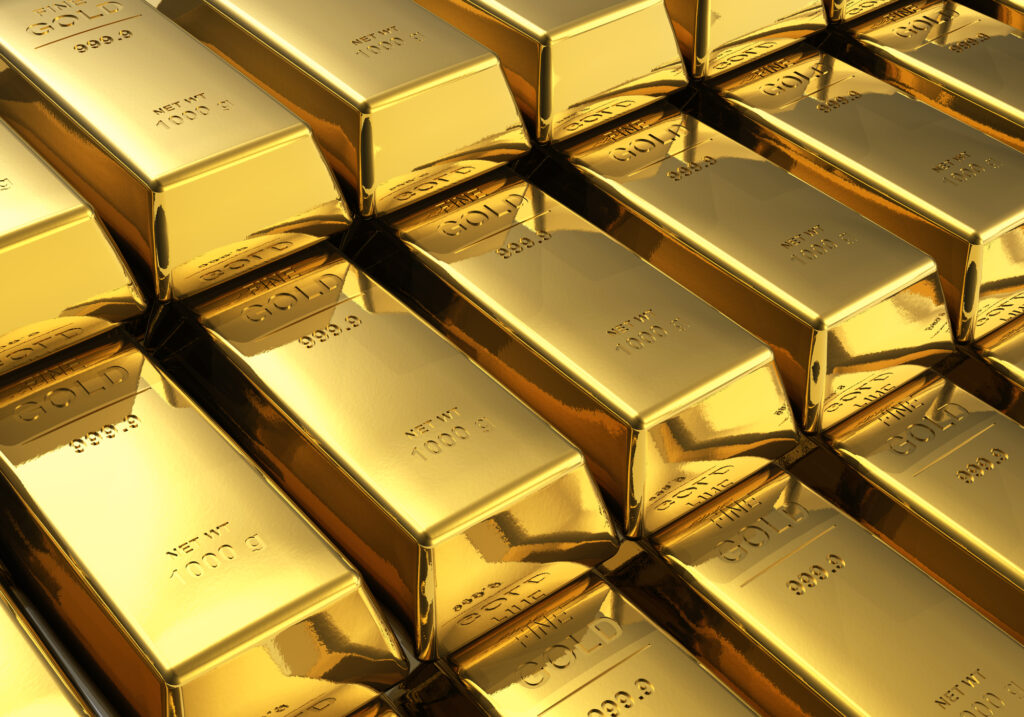Did you know that your old computer hard drive could be a hidden treasure trove? While it may sound like a myth, it is indeed true – computer hard drives contain traces of gold! As an essential component of electronic devices, gold is used in hard drives due to its exceptional conductivity, resistance to corrosion, and ability to create stable connections.
In this blog post, we will delve into the fascinating world of hard drive gold content, explore where exactly this precious metal is hiding, and discuss the various techniques that can be employed to extract it safely and efficiently. So, buckle up and join us on a journey to uncover the golden secrets of computer hard drives and turn your e-waste into a valuable resource. Let’s strike gold together!

Do Computer Hard Drives Contain Gold?
Yes, computer hard drives do contain gold. Gold is used in hard drives and other electronic devices because of its excellent conductivity, resistance to corrosion, and ability to create stable connections.
In hard drives, gold can be found in small quantities on connectors, pins, and in some cases, on the printed circuit boards (PCBs). While the amount of gold in a single hard drive may not be significant, recovering gold from multiple hard drives or other electronic devices can accumulate into a valuable quantity.
How Much Gold Is In A Hard Drive?
The amount of gold in a computer hard drive varies depending on the brand, model, and manufacturing process. It is important to note that the gold content in hard drives is quite small and typically measured in milligrams.
Here are some examples of gold content in different brands of hard drives:
Western Digital: A Western Digital hard drive may contain between 10 to 20 milligrams of gold. The gold can be found on the fingers, connectors, and in some cases, on the PCB.
Seagate: Seagate hard drives may have gold content ranging from 10 to 30 milligrams. Gold is present on the connectors, pins, and sometimes on the PCB.
Toshiba: Toshiba hard drives contain a similar amount of gold as Western Digital and Seagate drives, with an estimated 10 to 20 milligrams of gold in the connectors and pins.
Hitachi: Hitachi hard drives also contain gold in the range of 10 to 20 milligrams. You can find gold on the connectors, pins, and occasionally on the PCB.
Keep in mind that these numbers are approximate, and the actual gold content may vary even within the same brand and model. The gold content in hard drives has been decreasing over the years due to advancements in technology and efforts to reduce manufacturing costs. While it may not be profitable to extract gold from a single hard drive, accumulating a large number of hard drives or combining them with other electronic devices can make gold recovery more worthwhile.
What Karat Gold Is In A Hard Drive?
The gold found in computer hard drives and other electronic devices is typically not in the form of traditional karat gold. Instead, it is a very thin layer of gold plating, which can range from 10 to 30 microinches thick. This gold plating is usually around 99.9% pure gold (24-karat gold) as the high purity ensures optimal conductivity and corrosion resistance for the electronic components.
However, it is essential to note that the gold plating is extremely thin and not comparable to the gold used in jewelry or other applications measured in karats. The gold content in hard drives is minimal and requires a significant number of hard drives or other electronic devices to accumulate a valuable amount of gold through recovery processes.
Ways To Extract Gold From A Hard Drive?
There are several methods to extract gold from computer hard drives. However, it is crucial to note that gold recovery from electronic devices can be hazardous and should only be done by experienced professionals. Here are some of the commonly used methods:
Chemical Leaching: In this process, a blendof hydrochloric acid and nitric acid (also known as Aqua Regia) is combined to break down the gold plating from the connectors and pins. The resulting solution is then treated with various chemicals to precipitate the gold and refine it further.
Mechanical Separation: Mechanical separation involves crushing the hard drives into small pieces and using a magnetic separator to separate the gold-plated components from the rest of the materials. The separated components are then further processed to extract the gold.
Pyrometallurgical Process: In this process, the gold-plated components are burned at high temperatures to remove the non-metallic materials, leaving behind a metallic residue that contains gold. The metallic residue is then further processed to extract the gold.
Electrolytic Recovery: In this process, the gold-plated components are submerged in an electrolytic solution and connected to a power source. The gold is then dissolved in the solution and collected on a cathode, while the other components are left behind as waste.
It is important to note that these methods require specialized equipment, safety precautions, and expertise in handling hazardous chemicals and materials.
PLEASE NOTE: Do not attempt unless you are a professional or have prior knowledge of how to remove gold from a hard drive.
Moreover, improper handling or disposal of electronic waste can cause environmental harm, and therefore, it is crucial to follow proper e-waste management practices. It is recommended to consult with a certified e-waste recycler or refiner before attempting to extract gold from computer hard drives or any other electronic devices.

